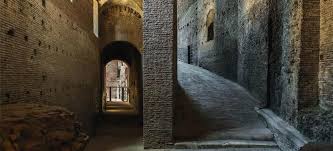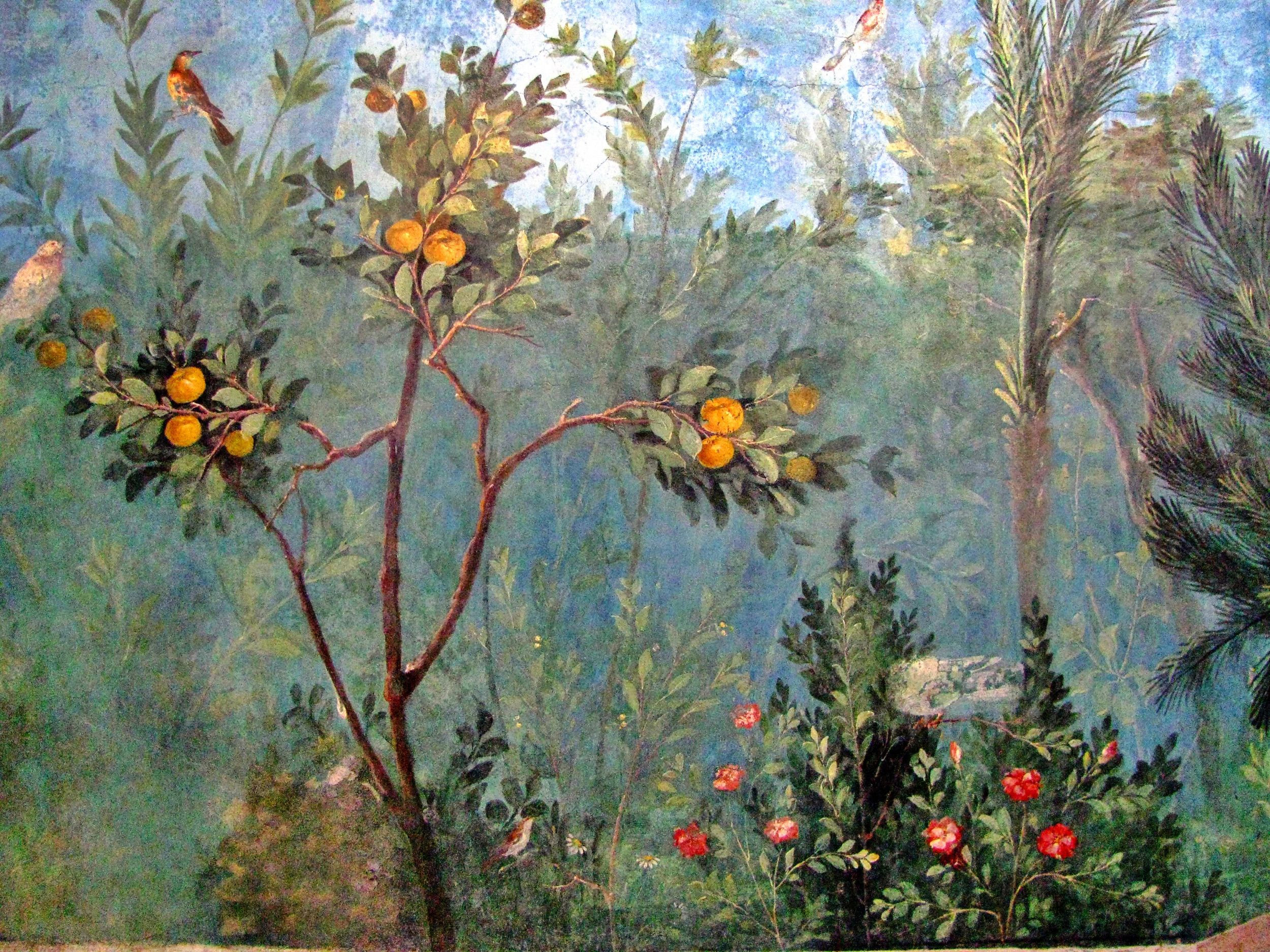
SUPER TICKET
Most Colosseum tours include a tour of the Roman Forum and Palatine Hill – archaeological sites which represent the birthplace of Ancient Rome. Your guide will fill you in about the ruins you’ll see and help you to dive into the past while you walk along the ancient roads among temples, basilicas, and grand structures built by the Romans more than 2 millennia ago.
A new SUPER TICKET allows special access to an extra seven areas of the Forum and Palatine Hill, some of which have only recently become accessible to the public. With these TICKETS DEL COLISEO: TEN EN CUENTA ANTES DE COMPRAR, you can visit Colosseum, Roman Forum, and Palatine Hill.
At these SUPER sites you will find Roman, Byzantine and Medieval frescoes, discover the architecture of the Roman Domus and Imperial palaces and see the numerous sculptures and decoration that adorned public, private and religious buildings. These special sites have restricted numbers for entry due to space constrictions – they cannot accommodate large groups of people, so you may have to wait. Be sure to check the opening times for each of these SUPER sites as many of them are only available for viewing at the weekends or in the morning.
- The Cryptoporticus of Nero is part of the Domus Tiberiana dating from Nero’s reign, the underground corridor of 130 metres is illuminated by small windows, decorated with cupids and garlands also has mosaic floors.
- The Palatine Museum which was built to house the finds during the Palatine excavations. The ground floor preserves the original structures of the pre-existing domus, and narrates the history of the hill from the origins of Rome until the beginnings of Empire. The first floor has beautiful sculpture, finds from the age of Augustus and the mosaics and original frescoes from Nero’s Domus Transitoria

- The House of Augustus is The remains of a wealthy Domus with many phases of life until the Flavian era. It has mosaic floors and refined fresco decoration; a rare example of the Roman 2nd style of painting.
- The House of Livia is a rich private domus from the 1st century BC. Its name derives from an engraved lead pipe visible in the tablinum (reception room). The mosaic flooring and painted walls date to around 30 BC, and are among the most important examples of the 2nd style in Rome.

- The Domus Transitoria, which opened for the first-time last year, is a section of the first palace of the emperor Nero which burned down during the great Fire of 64 AD. Once you descend by the side of the Palatine Museum, there is a nymphaeum and waterworks and a dining room surrounded by porphyry columns and coloured marble pilasters. The floors are still partially covered with coloured marble and the ceilings are decorated with painted stucco in an excellent state of preservation.
- The Aula Isiaca is an apsed chamber richly frescoed with paintings dating from around 30 BCE. It is named after Isis because of the numerous references to Egypt and the goddess Isis, such as lotus flowers, snakes, ritual vases and garlands of roses.
- The Loggia Mattei is all that remains of a Renaissance villa built by the Stati family frescoed in the 1520s by the workshop of Baldassarre Peruzzi. The frescoes on the walls were removed and moved to the Hermitage Museum and the Metropolitan Museum of Art in New York. A loan agreement in the 1990s has allowed them to be reinserted in the original site.
- The so-called Temple of Romulus is named after the son of the emperor Maxentius who died aged 4 in 309 AD. Later converted into a church, the circular chamber has several cycles of wall decoration dating from the 13th century attributed to Jacopo Torriti.
Santa Maria Antiqua and the Oratory of the 40 Martyrs are in the remains of a hall attached to Domitian’s ramp up to his palace. The building was in use as a church for only three hundred years or so, but is one of the few places in Rome where we can see Byzantine art dating back to the 560’s AD. Both areas are richly decorated with marble and mosaic pavement and extraordinary early-Christian paintings.